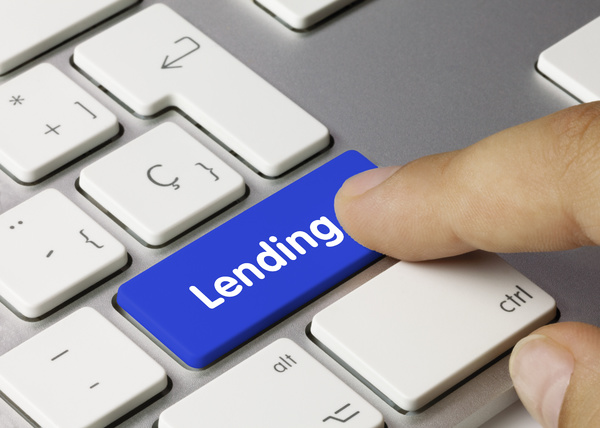This Week’s DeFi Interest Rates: Here’s What’s Yielding

Here are the latest DeFi interest rates from the most established DeFi lending and savings platforms.
Leading DeFi Lending and Savings Apps
At Bitcoin Market Journal, we track interest rates paid to depositors at five leading DeFi protocols. Here’s a brief introduction to each platform.
Aave
Aave is an established decentralized lending protocol where anyone can borrow and lend cryptocurrency. Powered smart contracts on the Ethereum blockchain, Aave provides liquidity across 25 markets to enable digital asset investors to borrow funds or earn interest on idle digital asset holdings.
Learn how to use Aave here.
Compound
Compound is the leading decentralized money market protocol and one of the longest-standing DeFi applications in the market. Offering lending markets for 12 digital assets, Compound allows investors to deposit funds and earn a variable yield or borrow against digital asset holdings.
Learn how to use Compound here.
C.R.E.A.M
C.R.E.A.M., which stands for Crypto Rules Everything Around Me, differs from the other protocols in this list because it allows users to choose between the Ethereum blockchain, Binance Smart Chain, or Fantom blockchain. The DeFi lending platform has over 50 markets offering you yield on your deposited digital assets.
Learn how to use C.R.E.A.M. here.
dYdX
dYdX is a decentralized derivatives trading platform that also allows users to earn yield on funds they deposit in the Ethereum-powered application’s smart contract. The interest rate paid will depend on supply and demand from depositors and borrowers on the DeFi application.
Learn how to use dYdX here.
Vesper
Vespers is a promising new DeFi application, backed industry heavyweights, that currently allows you to earn yield using Vesper Grow. Via smart contracts, Vesper uses the pooled deposited digital assets and deploys them across multiple DeFi protocols and returns the yield to you.
Learn how to use Vesper here.
What Is DeFi?
Decentralized finance (DeFi) refers to open-source, blockchain-powered financial software that aims to provide financial products and services to anyone with an internet connection.
In today’s DeFi market, you can:
- Deposit digital assets into lending protocols to earn a yield;
- Borrow digital assets to access capital;
- Trade one digital asset for another via decentralized trading pools;
- Earn fees for providing liquidity to autonomous trading platforms;
- Invest in tokenized traditional assets (equities, commodities, and FX);
- Hedge your portfolio using decentralized derivatives;
- and more.
Arguably the biggest DeFi use case to date has been DeFi lending, which helps digital asset investors to earn a yield on their long-term holdings. Billions of dollars in cryptocurrency are locked into decentralized lending pools.
Why Are DeFi Interest Rates Higher Than on Traditional Interest Products?
Defi rates are typically higher than what your bank offers due to the high borrowing demand from professional and institutional market participants for digital assets. Professional trading counterparties borrow to place leveraged trades in the crypto capital markets where market inefficiencies provide excellent trading opportunities for experienced traders and investors.
Additionally, borrowing and lending are typically riskier in the DeFi markets than in the traditional money and capital markets.
DeFi Lending Risks
Lending in the DeFi markets is not without its risks. Below, you will find the main risks in DeFi lending you should be aware of before deploying any capital in this new market.
- Code Risk – Vulnerabilities in a protocol’s smart contract could lead to a complete loss of funds should bugs in the code be exploited malicious third parties.
- Market Risk – Price volatility of the token’s deposited could lead to a negative ROI for lenders if the market price drops more than the yield generated.
- Oracle Failure – Price oracles used in DeFi applications could fail, leading to mispricing and a loss of funds.
- Liquidity Risk – A lack of liquidity could lead to price slippage when converting your funds back into stablecoins, especially for smaller digital assets.
- De-pegging – If you’ve deposited a stablecoin or a pegged asset it is possible that they could de-peg, which could lead to losses.
Lending in the DeFi markets is a relatively new financial product and, as such, carries a higher risk than its established counterparts in the traditional lending markets. So as with any investment, it’s advisable to not put all your eggs in one basket and only invest as much as you can afford to lose.
Related Articles:
If you want to stay up-to-date with the latest trends and developments in the digital asset markets, subscribe to the Bitcoin Market Journal newsletter.
I’m a highly respected and well-known author in the cryptocurrency field. I have been writing about Bitcoin, Ethereum, and other digital assets for over 5 years which has made me one of the most knowledgeable voices in the space. My work has appeared in major publications such as CoinDesk, Forbes, and The Wall Street Journal. In addition to my writing, I’m also an active investor and advisor in the cryptocurrency space.
